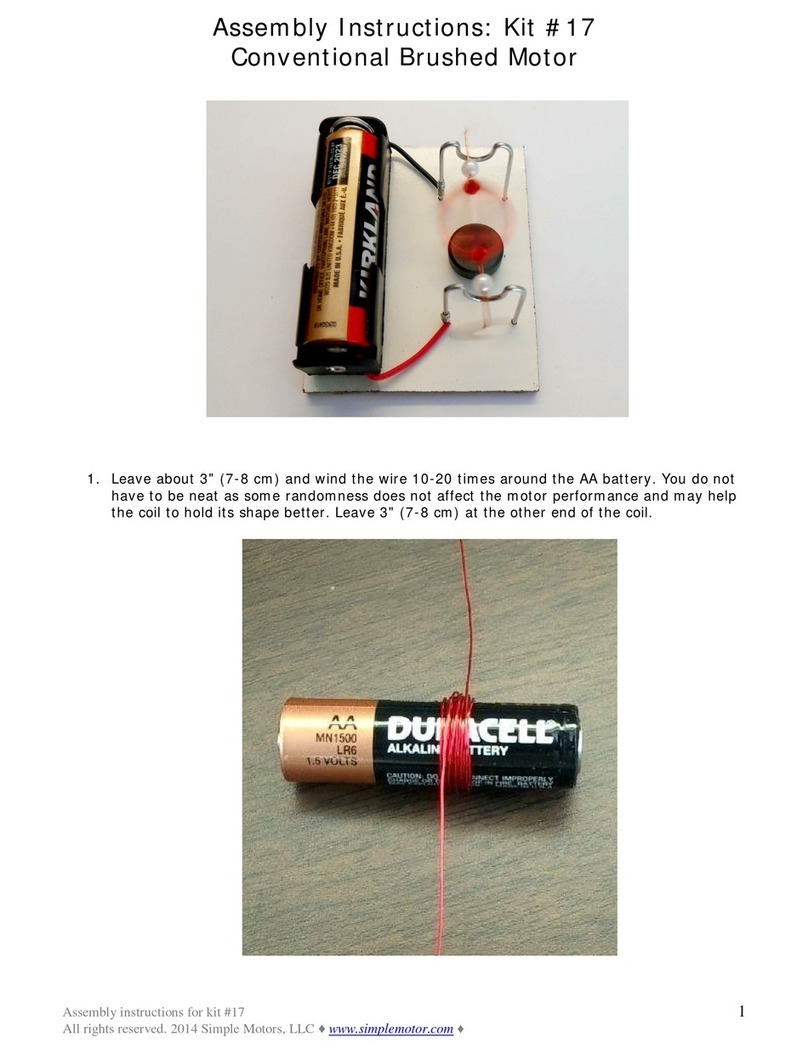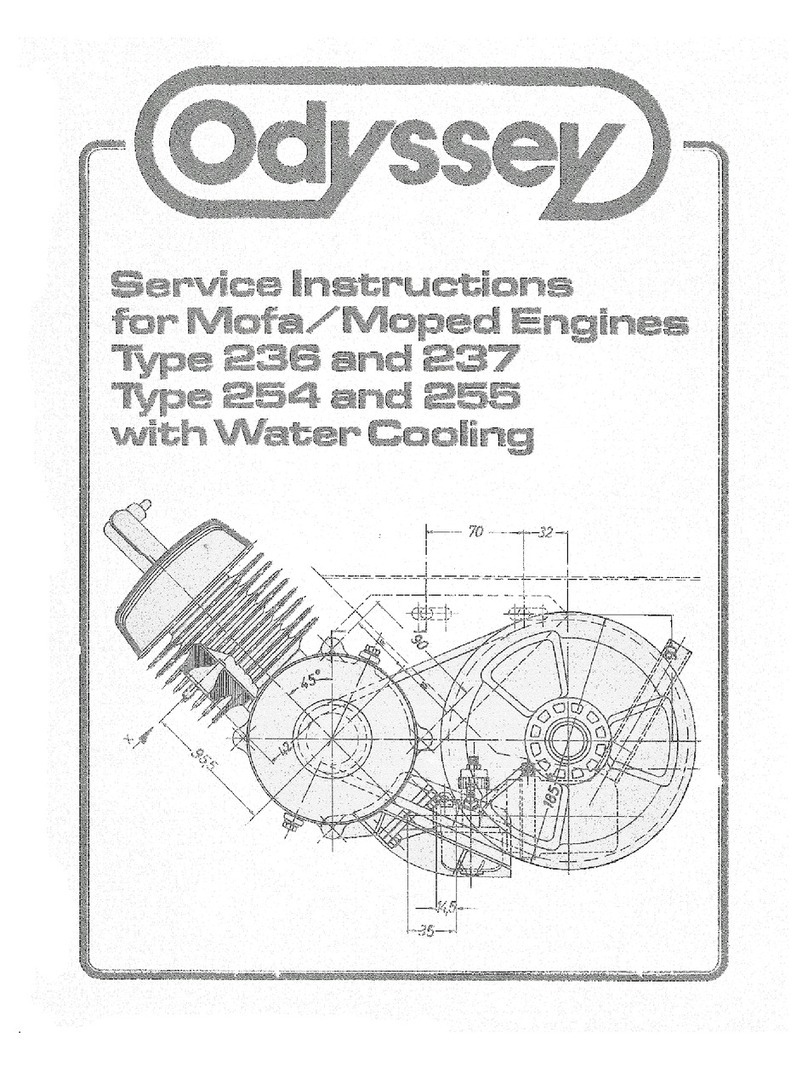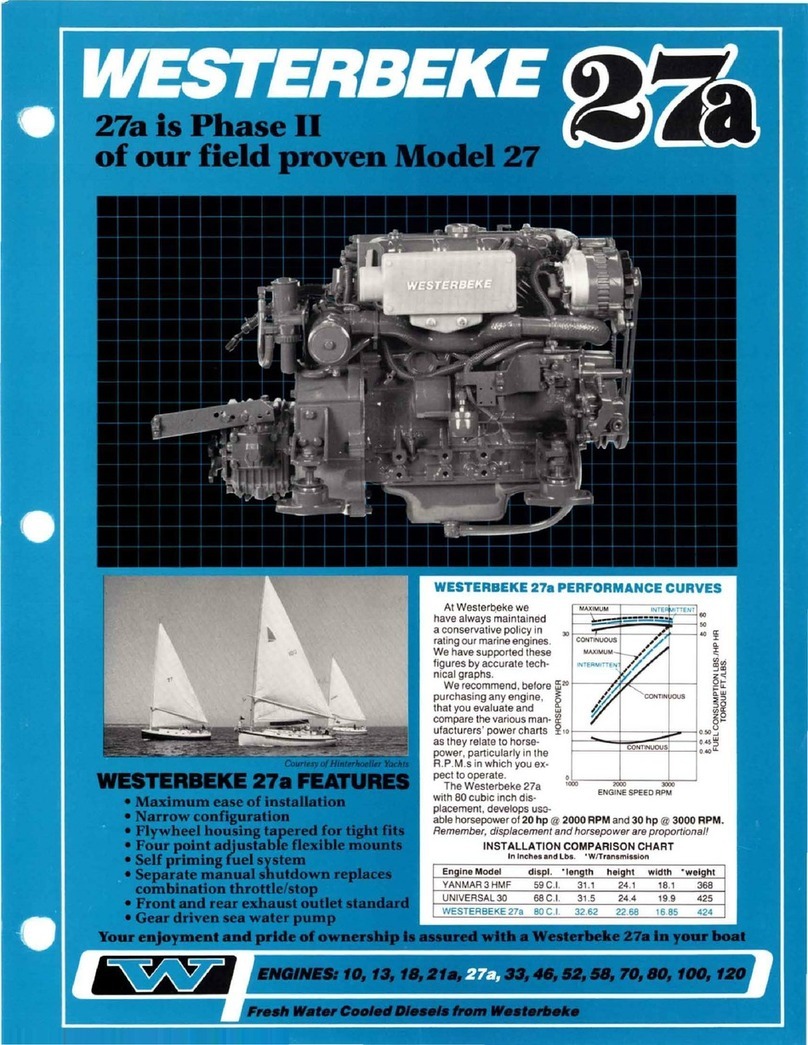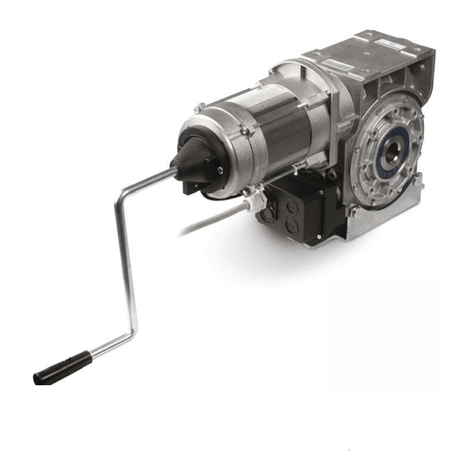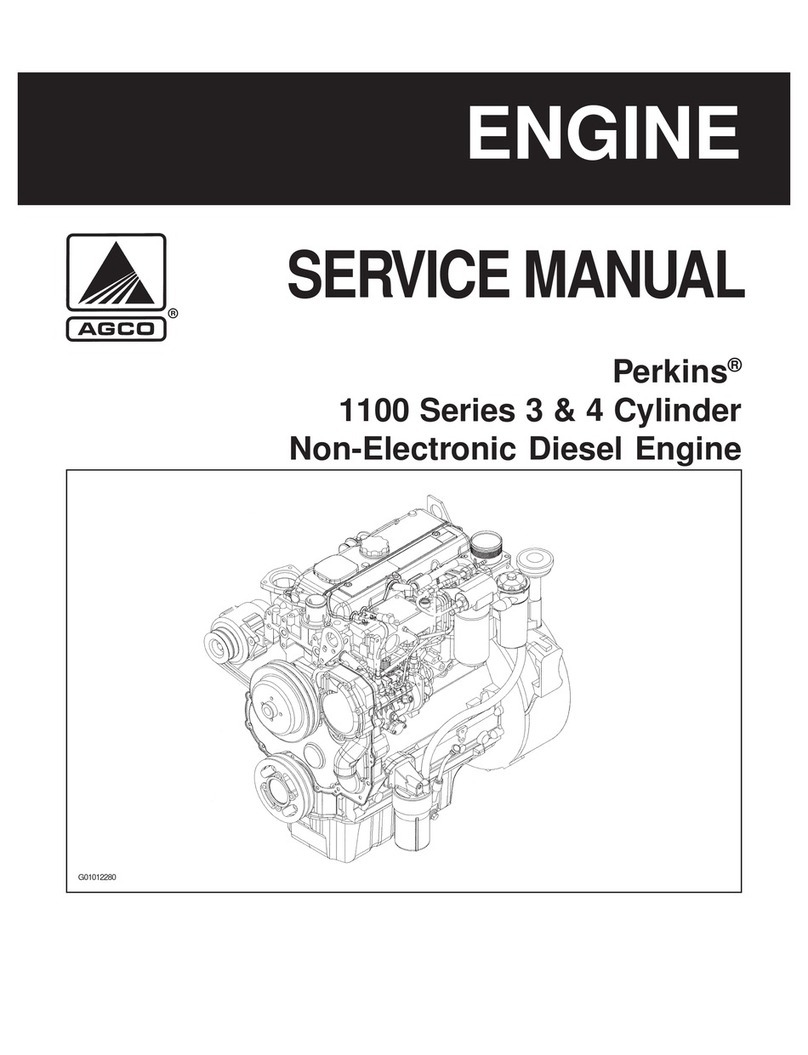Simple Motors Kit 2 User manual









This manual suits for next models
3
Other Simple Motors Engine manuals
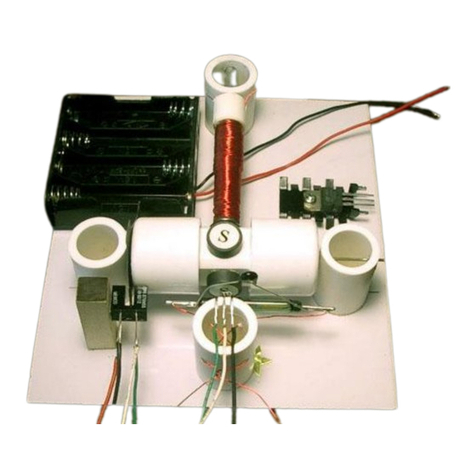
Simple Motors
Simple Motors Kit 8 User manual
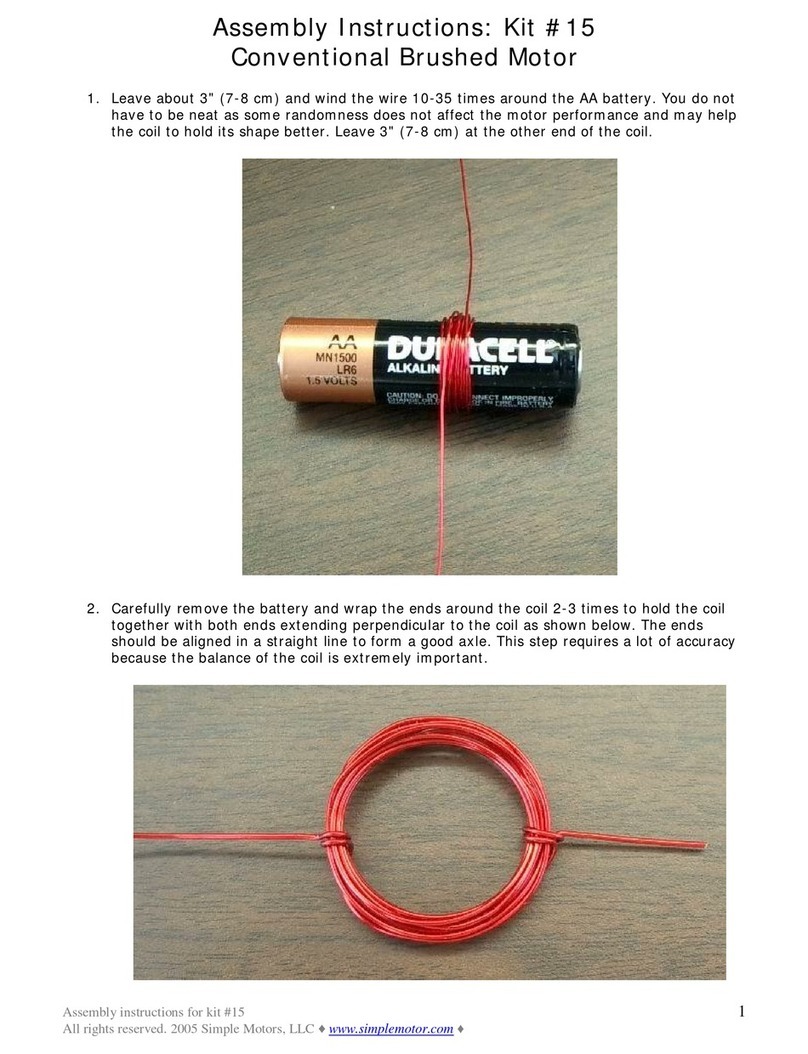
Simple Motors
Simple Motors Kit 15 User manual
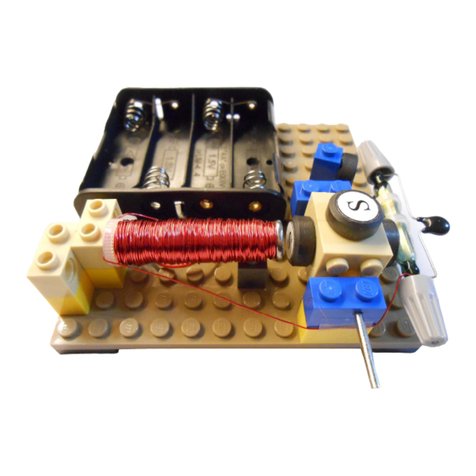
Simple Motors
Simple Motors Kit 13 User manual
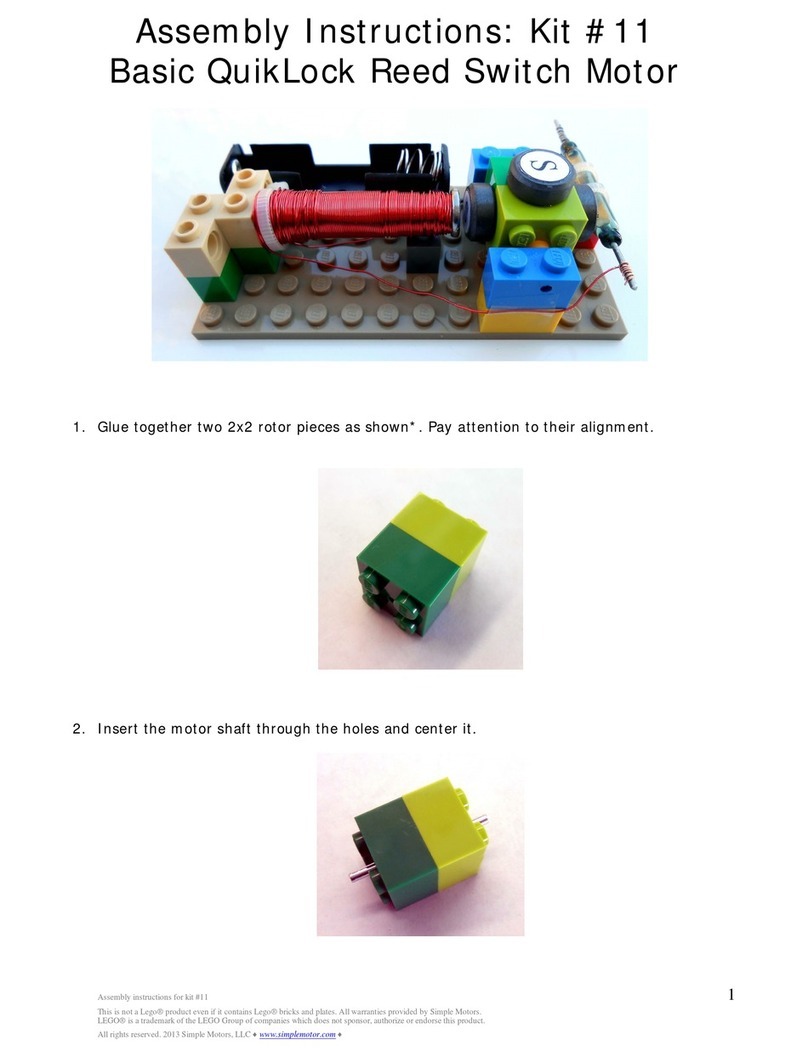
Simple Motors
Simple Motors Kit 11 User manual
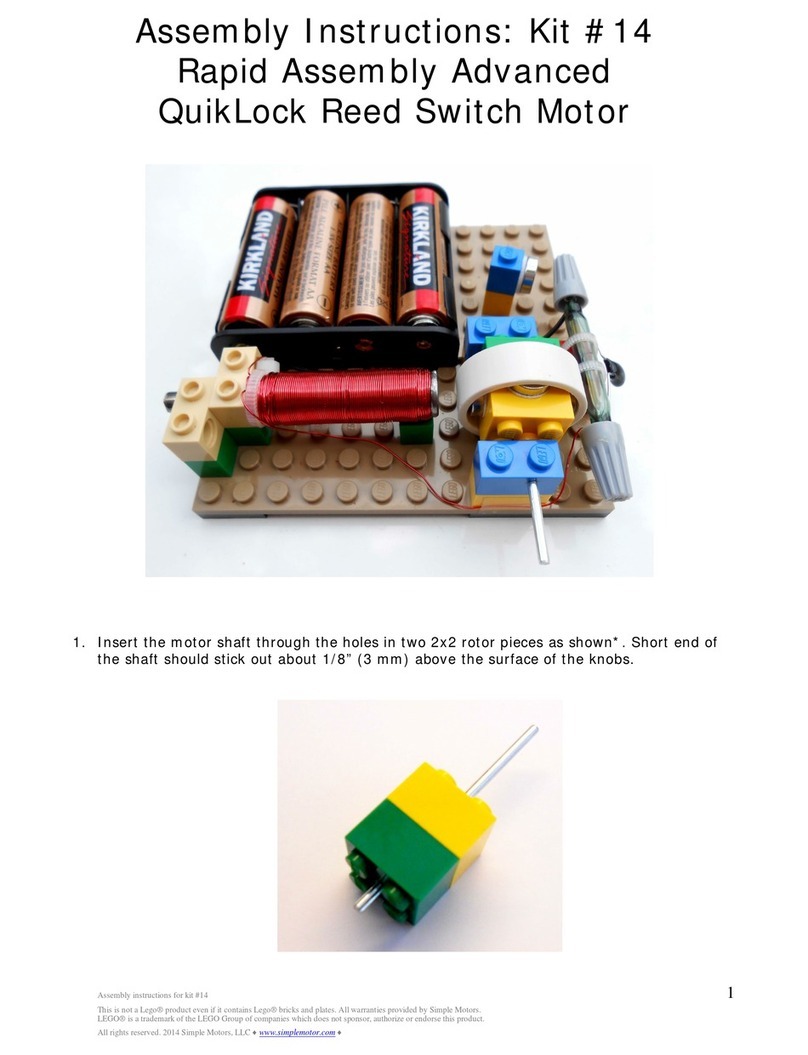
Simple Motors
Simple Motors Kit 14 User manual
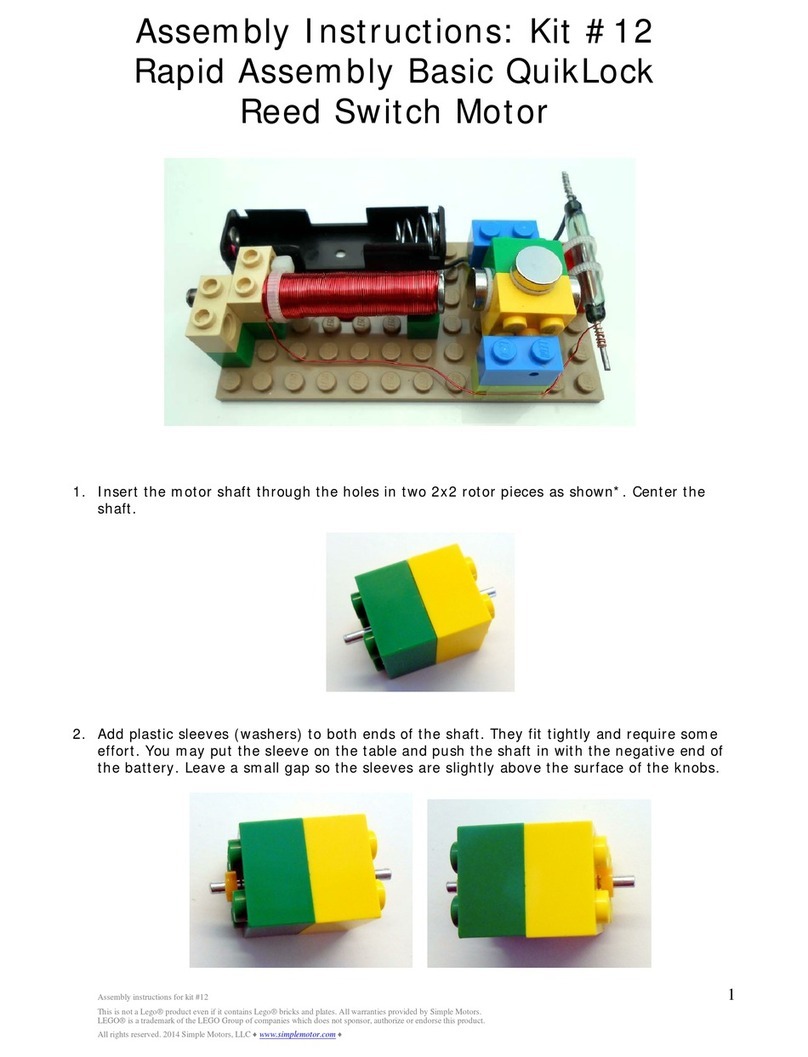
Simple Motors
Simple Motors Kit 12 User manual
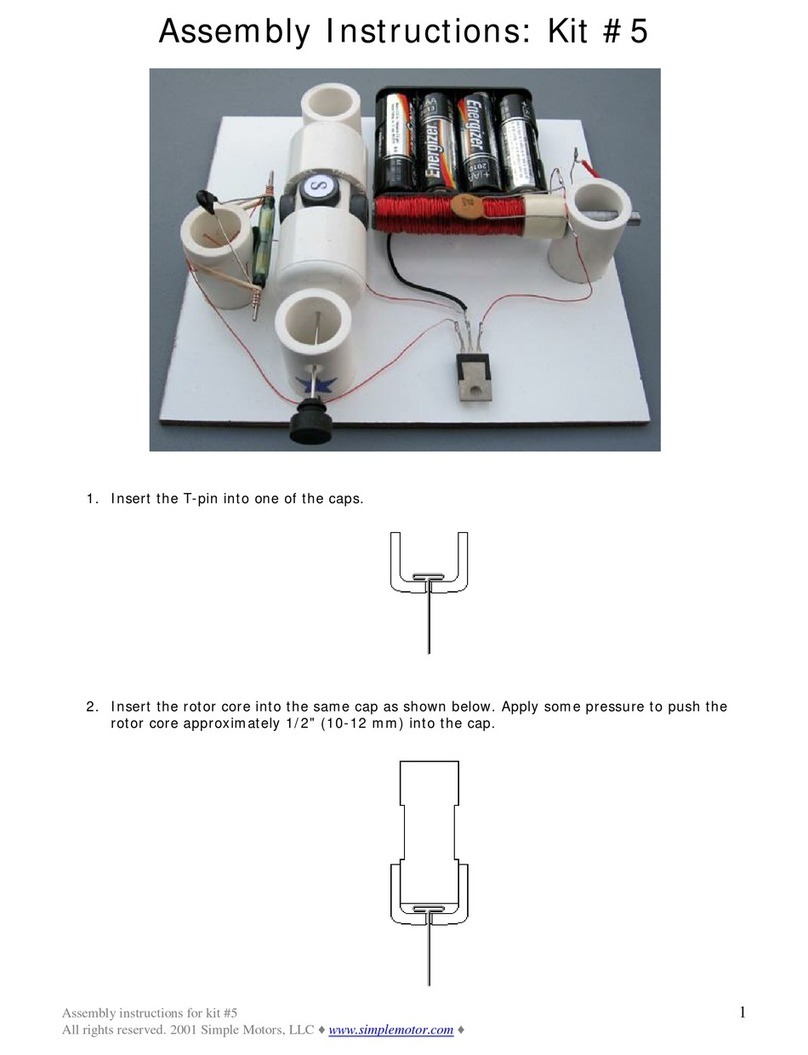
Simple Motors
Simple Motors Kit 5 User manual
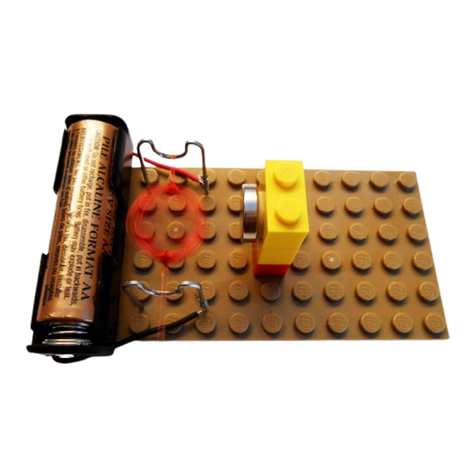
Simple Motors
Simple Motors Kit 16 User manual
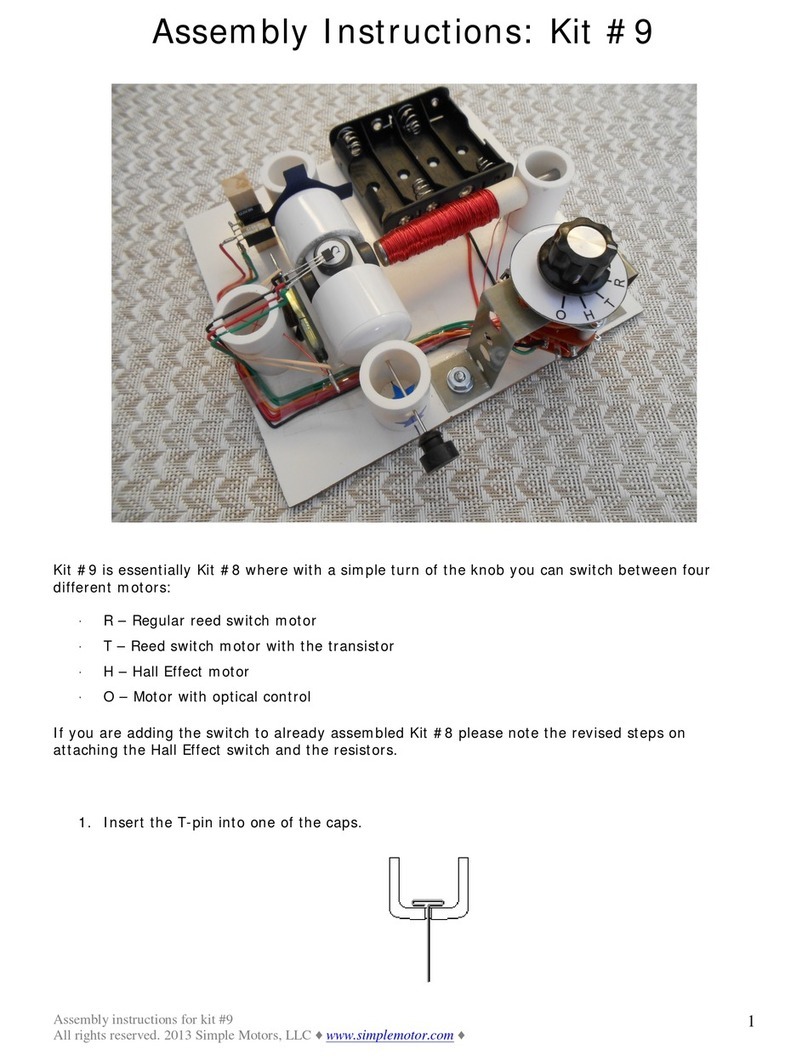
Simple Motors
Simple Motors Kit 9 User manual
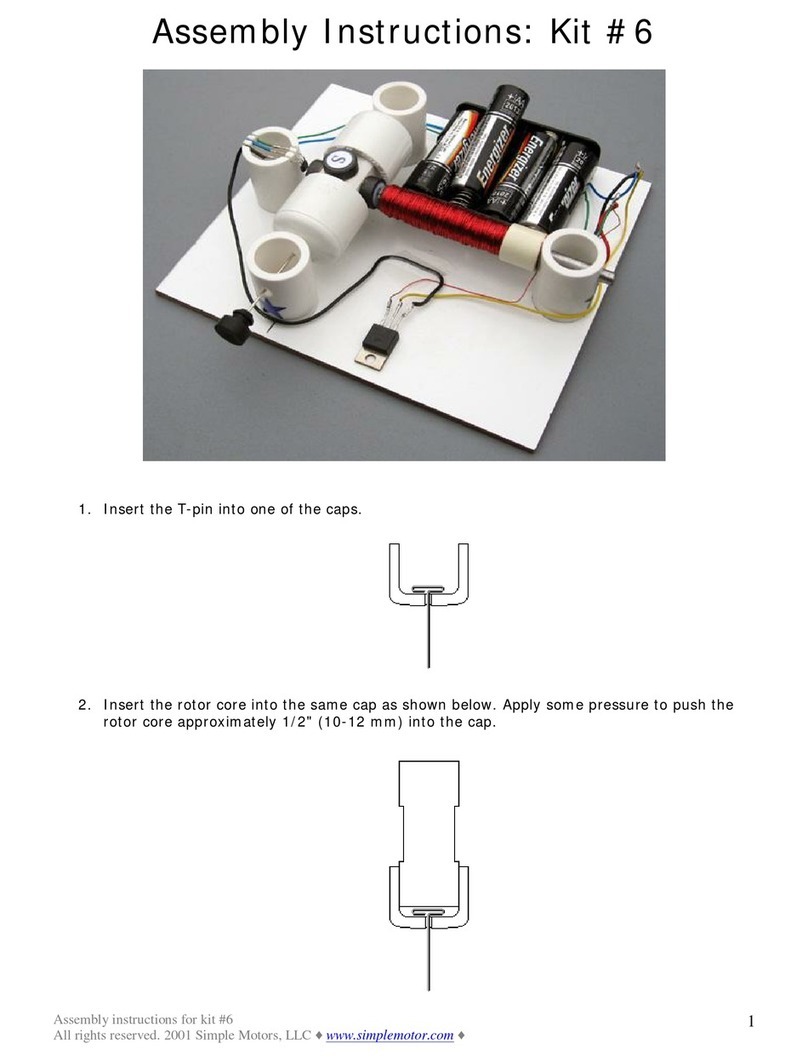
Simple Motors
Simple Motors Kit 6 User manual
Popular Engine manuals by other brands

Zenoah
Zenoah G430RC owner's manual

GRAUPNER
GRAUPNER Nitro Bull 28 instruction manual
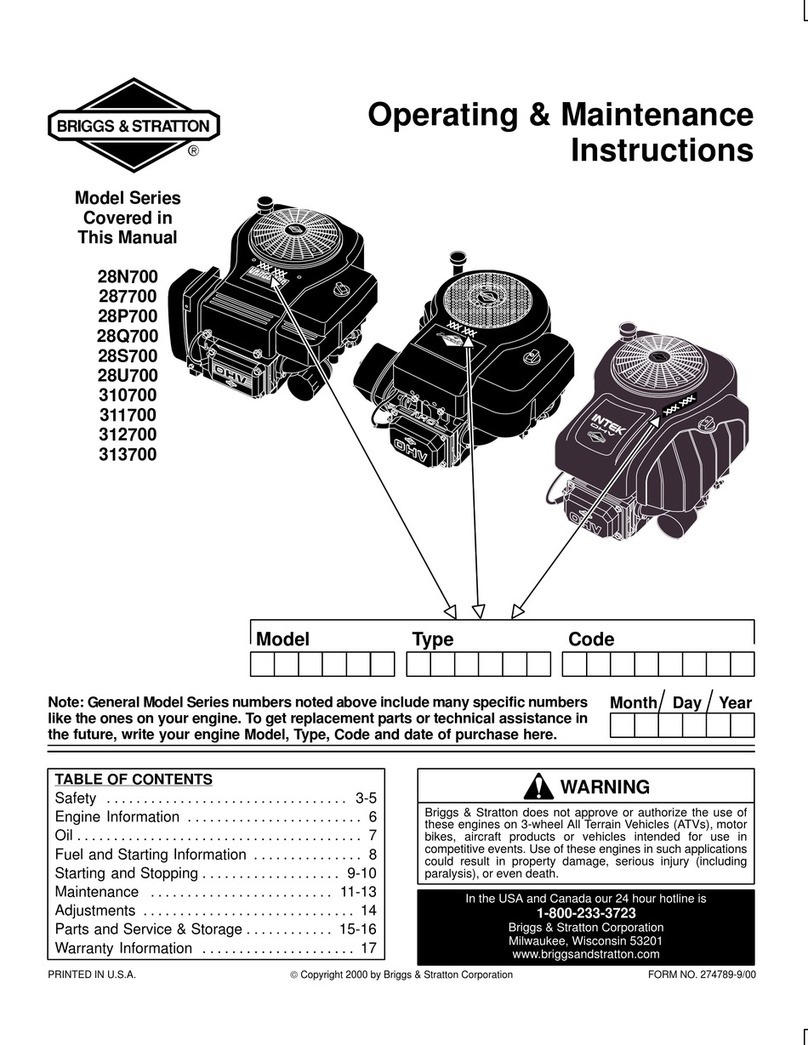
Briggs & Stratton
Briggs & Stratton 28N700 Series Operating & maintenance instructions
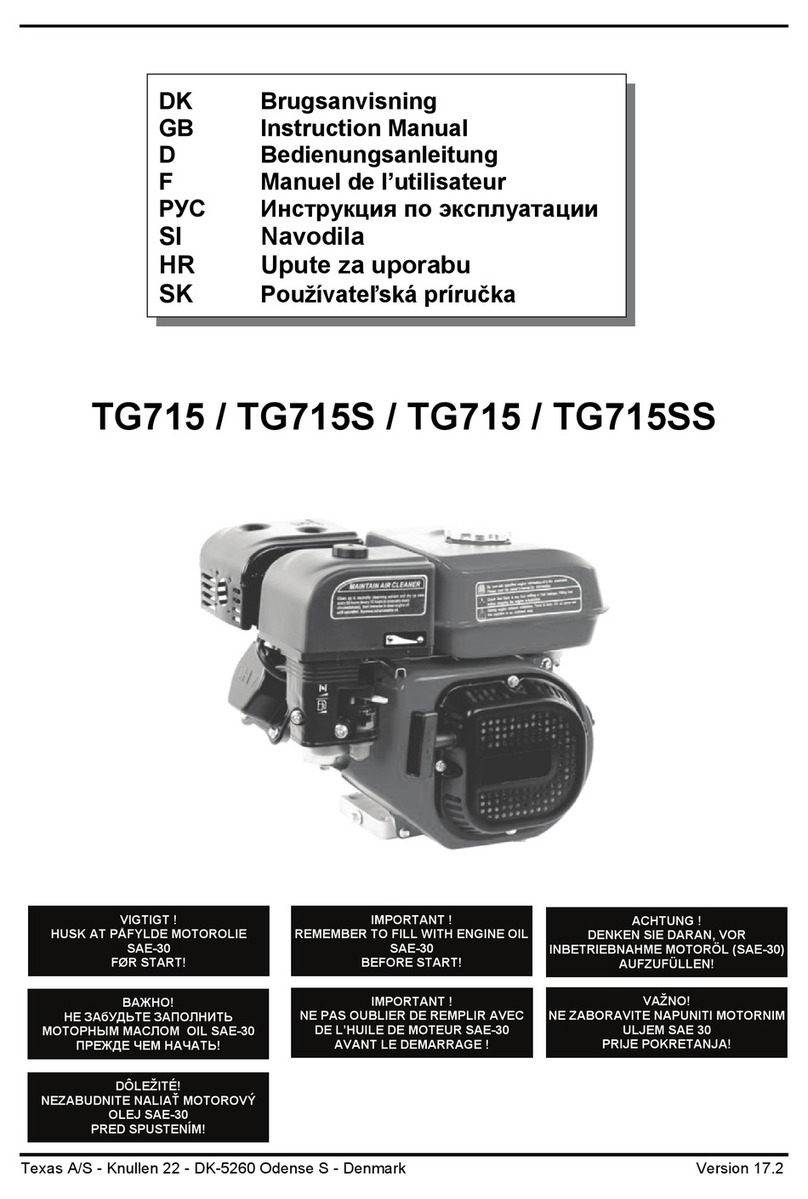
Texas
Texas TG715 instruction manual
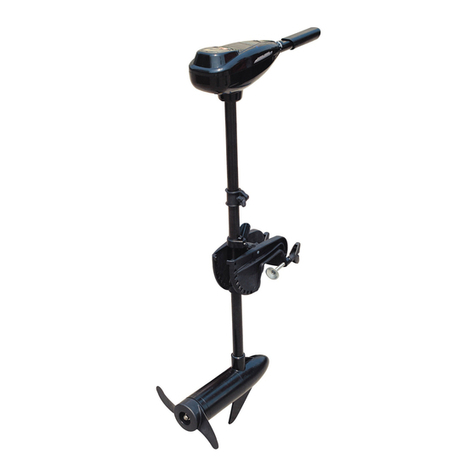
Bestway
Bestway HYDRO-FORCE 65043 Safety instructions
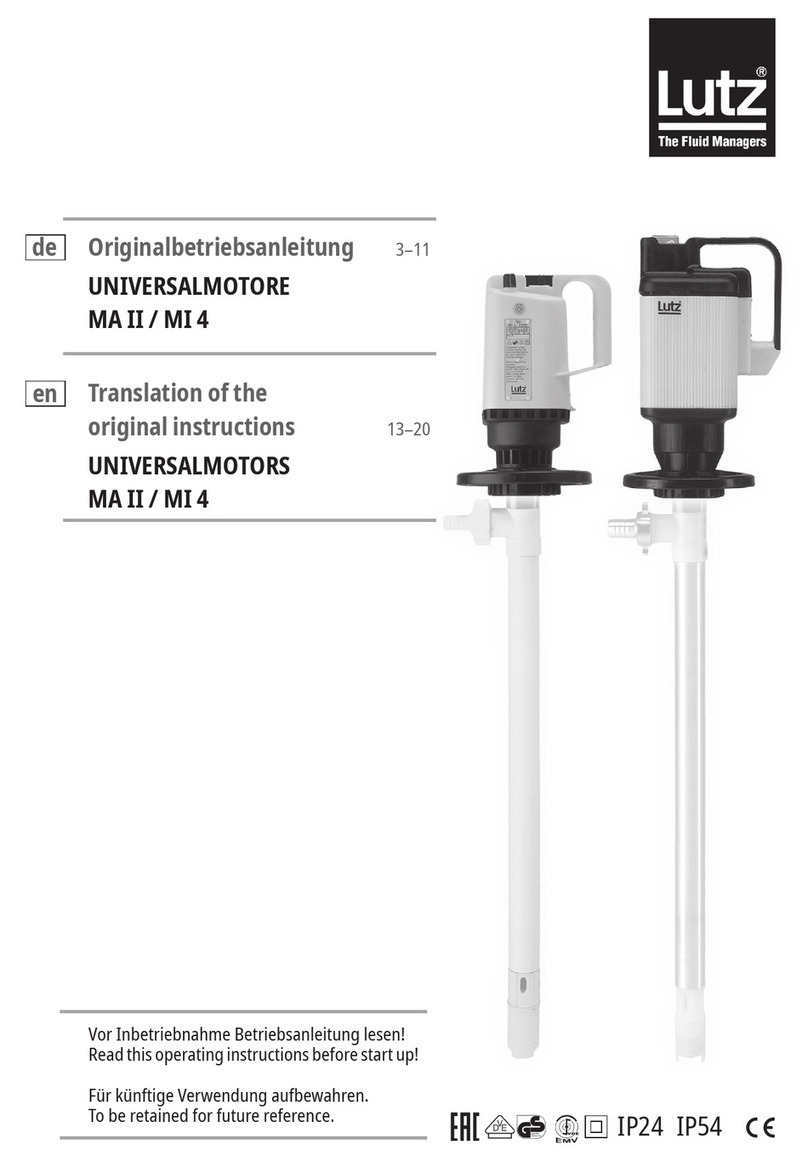
Lutz
Lutz UNIVERSALMOTOR MA II Translation of the original instructions

Greenheck
Greenheck vari-green quick start guide
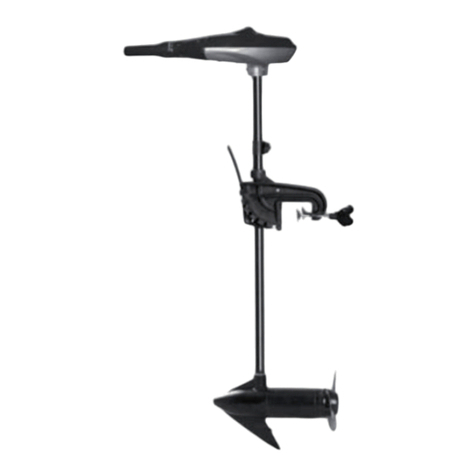
Duramaxx
Duramaxx 90010 owner's manual

Takegawa
Takegawa DESMO TWINCAM 4V manual

Briggs & Stratton
Briggs & Stratton Vanguard 290000 Operating & maintenance instructions

Rotax
Rotax 912 iS Sport Operator's manual
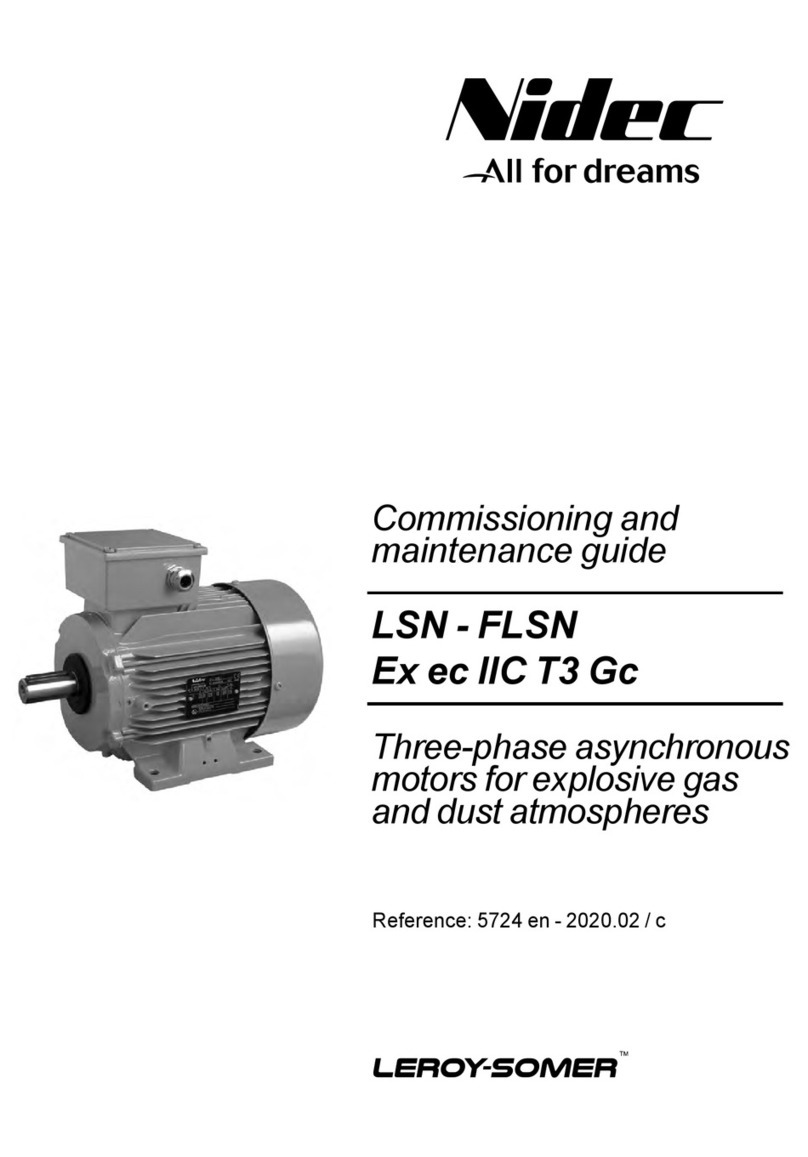
Nidec
Nidec Leroy-Somer FLSN Series Commissioning and maintenance guide
